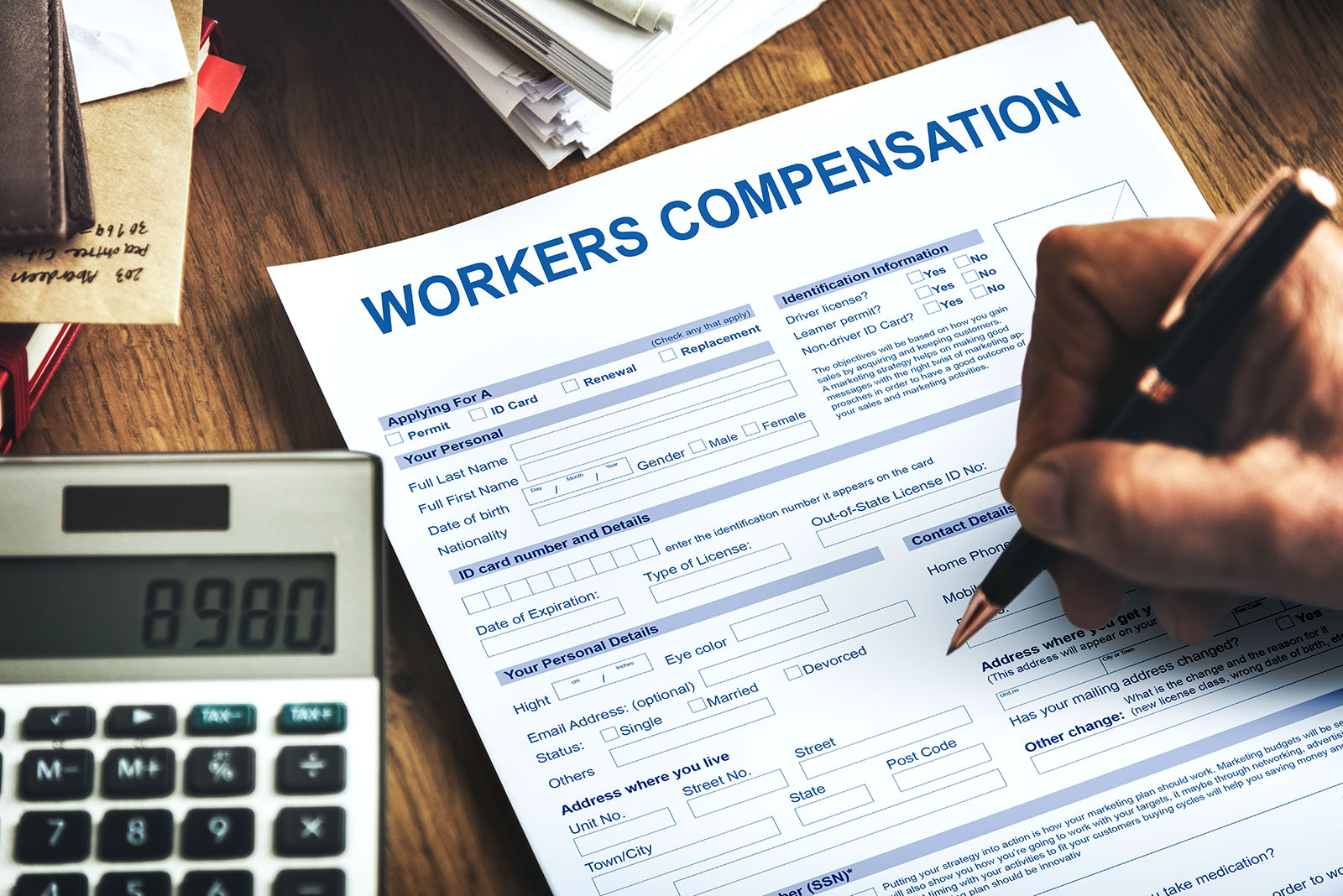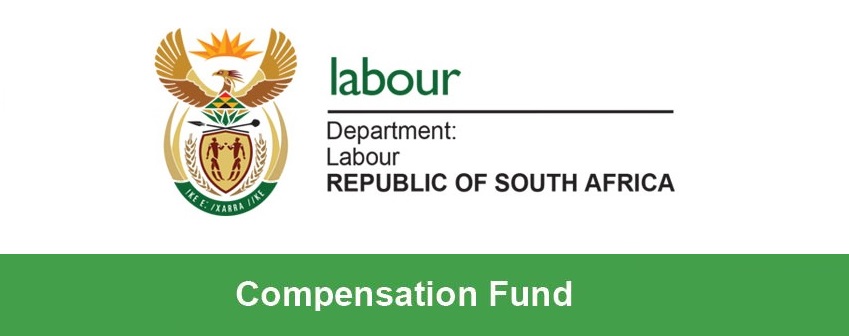What is Workmen’s Compensation?
The Compensation Fund provides compensation for workers who get hurt at work, or sick from diseases contracted at work, or for death as a result of these injuries or diseases. The Compensation Fund is covered by the Compensation for Occupational Injuries and Diseases Act (No 130 of 1993) (COIDA) and the Compensation for Occupational Injuries and Diseases Amendment Act (No 61 of 1997).
This Workmen’s compensation is a compulsory form of insurance providing wage replacement and medical benefits to employees injured in the course of their employment. The aim of the COID Act is to provide for compensation to employees, or their dependents, in the case of death or disablement caused by occupational injuries and diseases, sustained or contracted by employees in the course of their employment, or death resulting from such injuries and diseases, and to provide for matters connected therewith.
Who must pay the Compensation fund?
Employers pay into the Compensation Fund once a month. Workers do not pay anything to the Fund, so employers cannot deduct money from workers’ wages for this.
All employers must register with the Compensation Fund and pay an annual assessment fee based on their workers’ earnings and the risks associated with the type of work being done. Certain employers do not have to pay assessment fees.
Every year in April, the Compensation Fund sends a notice of assessment which stipulates how much you should be paid for the assessment fee.
Fees may increase or decrease according to an employer’s accident costs. Employers with low costs may qualify for assessment fee rebates.
It is important to note that all employers who employ one or more workers need to register with the Workmen’s Compensation Fund and this will need to be done separately for all the different branches within your business, unless you have made arrangements for combined registration.
Exempted Employers
These employers do not have to pay into the Fund:
- national and provincial state departments
- certain local authorities
- employers insured by a company other than the Compensation Fund. For example, those companies which are part of the Chamber of Mines are insured by Rand Mutual Association, and many employers in the construction industry are insured by Federated Employers Mutual Assurance.
What type of Employee is covered?
The fund pays compensation to permanent and casual workers, trainees and apprentices who are injured or contract a disease in the course of their work and lose income as a result.
You can claim if you are:
- permanently employed
- a domestic worker in a boarding house or employed in a business set-up
- an apprentice or trainee farm worker
- a worker paid by a labour agency.

You cannot claim if you are:
- a domestic worker employed at a private home
- a member of the South African National Defence Force
- a member of the South African Police Service
- a worker who doesn’t work under the control of an employer, for example a sub-contractor. Employees who are in the employ of the sub-contractor are covered.
- a worker who worked outside South Africa for more than 12 months without entering into an agreement with the Director General of the Department of Labour
- found guilty of willful misconduct, unless you are seriously disabled or killed.
Compensation payments
Compensation is paid for getting injured at work or for diseases caused by work. Compensation can take the form of payment for loss of earnings (tax free), travelling expenses, medical
expenses or pensions. The following types of compensation are paid by the Fund or the designated carriers:
- Temporary Total Disablement (TTD) (loss of income/salary)
- Permanent Disablement (PD)
- Medical Costs
- Death benefits
Temporary Total Disablement (TTD):
Compensation in respect of TTD or incapacitation is only payable if the employee is booked off duty for more than three days. It is calculated on the employee’s salary as at the time of the accident and includes all normal allowances for example a 13th cheque. Compensation is paid at the rate of 75% of the employee’s earnings up to a maximum prescribed by the Minister. For the first three months of TTD, the employer is obliged to pay the employee the compensation which is subsequently refunded by the carrier. After the first three months, compensation is paid directly by the carriers. If the TTD exceeds 24 months, it may be treated as permanent by the Commissioner.
Permanent Disablement (PD):
If the injury or disease results in a permanent anatomical defect, loss of function or disfigurement, which means disablement for employment, the employee is entitled to compensation in respect of permanent disablement(PD). This can include total or partial loss of a limb, impairment of movement of a joint, loss of vision or hearing, restricted lung function, loss of an organ. The compensation for PD is paid either in a lump sum or a monthly pension depending on the degree of disablement.
PD assessed at 1- 30% is paid in the form of a lump sum and is calculated at 15 times an employee’s monthly earnings at the time of the accident subject to a maximum and minimum of such earnings, as prescribed by COIDA. The lump sum payment in the event of PD at less than 30% is calculated pro rata to the lump sum for 30%. If the permanent disablement is assessed at more than 30%, the employee will receive a monthly pension for life. PD for 31-100% is calculated at 75% of the employee’s monthly earnings subject to a prescribed maximum and minimum of such earnings. Lesser degrees of disablement (in excess of 30%) will attract pensions proportionate to the degree of disability (with 75% as the maximum baseline).

Medical Cost :
The Commissioner is liable for the payment of the reasonable medical costs incurred by the employee as a result of an occupational injury/disease for a maximum period of 24 months from the date of injury or diagnosis of disease. However, this time period can extended if it can be shown that the medical treatment reduces the disability. The employee is free to choose which medical service provider he wants to consult with. The fees payable by the carrier are determined annually once the Compensation Fund has consulted with representative health care provider associations for the medical industry. The fees prescribed are the only fees payable and a health care provider is not permitted to charge a different fee. The Fund will also bear the reasonable costs for the supply, repair and replacement of artificial assistive devices necessitated by an accident or a disease as well as chronic medication.
Death Benefits :
Compensation is payable to the financial dependents when an employee dies as a result of an occupational accident/disease. The surviving spouse will receive a lump sum payment of twice the monthly pension the deceased employee would have received for 100% PD. Thereafter they will further receive a monthly pension of 40% of what an employee would have received for 100% PD. The pension is paid for life. It continues even if the surviving spouse remarries. If there is more than one customary wife, the pension payable is shared equally. A civil marriage supersedes a customary one in terms of the spouse’s eligibility for compensation.
The remaining 60% is spread among surviving children, whereby each child will not get more than 20% of the pension. Each child to a maximum of three under the age of 18 will receive 20% of what the employee would have received for 100% PD. Three children will thus receive 60%. If the deceased employee had more than three dependent children, they all share equally in the pension in respect of 60%. The total monthly pension paid to the surviving spouse and children cannot be more than the pension the deceased employee would have received for 100% PD. The pension for a child ceases when he/she reaches the age of 18, dies or marries before reaching 18 years of age. However, it may be extended until the child completes secondary or tertiary education or if the child is mentally and/or physically disabled. If there are more than three children, implying that each child receives less than 20%, then as soon as the oldest child is no longer eligible the remaining children will share the 60% up to the 20% maximum per child.
All pensions are increased annually, depending on the availability of funds. Increases are published in the Government Gazette. The carrier pays for the burial expenses of the late employee up to a prescribed maximum.
If the accident or disease is the fault of a co-worker (third party), and the employee successfully sues the coworker, then the compensation fund can claim any compensation paid to the injured employee from the third party.
When employees migrate, they are given an exit medical exam, and then referred to hospitals or health centres (established by Department of Health) in their area so that they can have checkups every two years (Interview with Compensation Fund).


Leave A Comment
You must be logged in to post a comment.